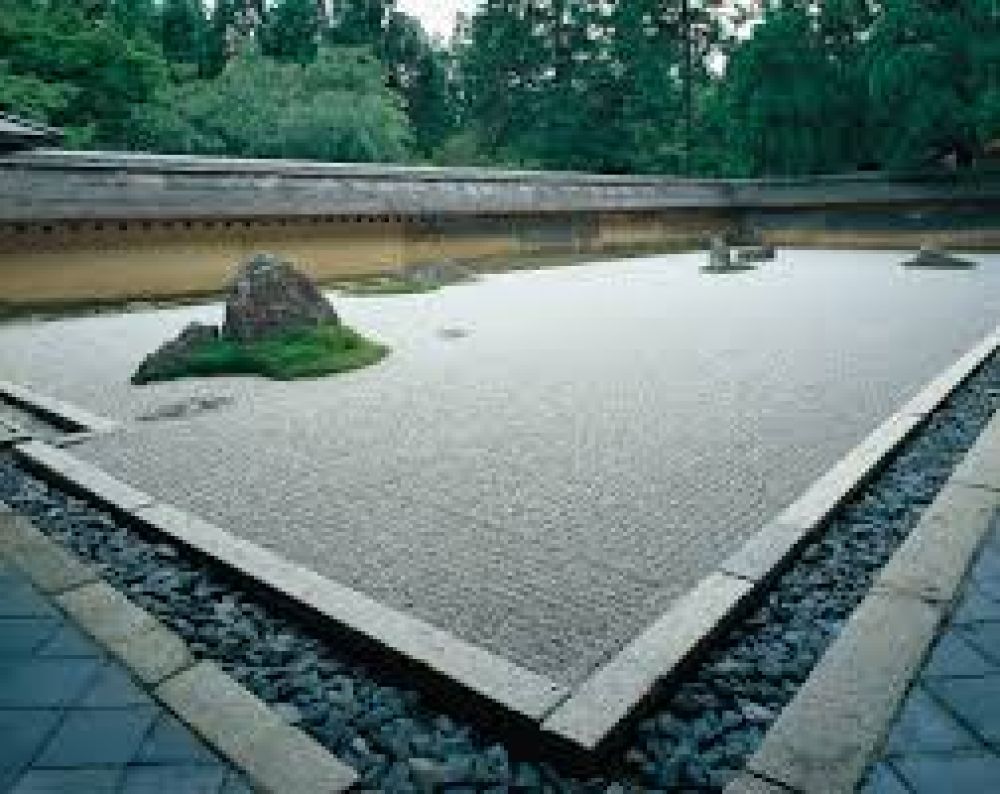

Ryoanji Temple, located in Kyoto, is one of Japan's most famous and significant historical landmarks. The temple, which dates back to the late 15th century, is renowned for its karesansui (dry landscape) rock garden, which remains an enigma to both historians and visitors alike. The origins of Ryoanji Temple's tourism can be traced to its affiliation with Zen Buddhism and the aesthetic simplicity that emanated from its grounds, attracting those in search of serenity and spiritual contemplation.
The history of tourism at Ryoanji Temple began to flourish during the Edo period (1603-1867), when travel became more accessible for the Japanese populace. During this time, a broad spectrum of travelers, ranging from feudal lords to commoners, started visiting Kyoto and its temples for pilgrimage and leisure. Ryoanji Temple stood out due to its unique rock garden, which consists of fifteen stones meticulously arranged so that from any vantage point, at least one stone is always hidden from view.
The intrigue of Ryoanji Temple increased when it began to be featured in guidebooks and travel literature. The rise of ukiyo-e, traditional Japanese woodblock prints, also contributed to the temple's fame by depicting it as a place of beauty and tranquility, thus promoting tourism to the site. As Kyoto became known internationally for its cultural heritage, Ryoanji Temple secured its place as a must-visit destination.
In 1994, Ryoanji Temple was designated a UNESCO World Heritage Site as part of the "Historic Monuments of Ancient Kyoto." This prestigious recognition greatly accelerated tourist interest and led to a substantial increase in domestic and international visitors. Tourists are drawn not only to the rock garden but also to the temple's pond garden, which is a representation of the Pure Land, or Buddhist paradise.
Recent trends in tourism at Ryoanji Temple reflect the global move towards experiential and mindful travel. As visitors seek out spiritual and peaceful experiences, the temple's atmosphere offers the perfect environment for meditation and reflection. Additionally, the rise of social media has seen Ryoanji Temple featured in numerous online platforms, drawing a younger generation of tourists eager to capture its timeless beauty.
Nowadays, visitor amenities such as audio guides in multiple languages and the inclusion of the temple on various cultural tours of Kyoto indicate how tourism here has adapted to cater to a global audience. Efforts to preserve the tranquility and authenticity of the site, despite the high number of annual visitors, showcase Japan's commitment to sustainable tourism practices.
Ryoanji Temple's tourism history is a testament to its enduring appeal and importance within Japanese culture. From its early days as a sanctuary for pilgrims to its current status as a global icon of Zen Buddhism and Japanese aesthetics, Ryoanji Temple continues to captivate visitors from around the world, reflecting both the past and future of tourism in Kyoto.